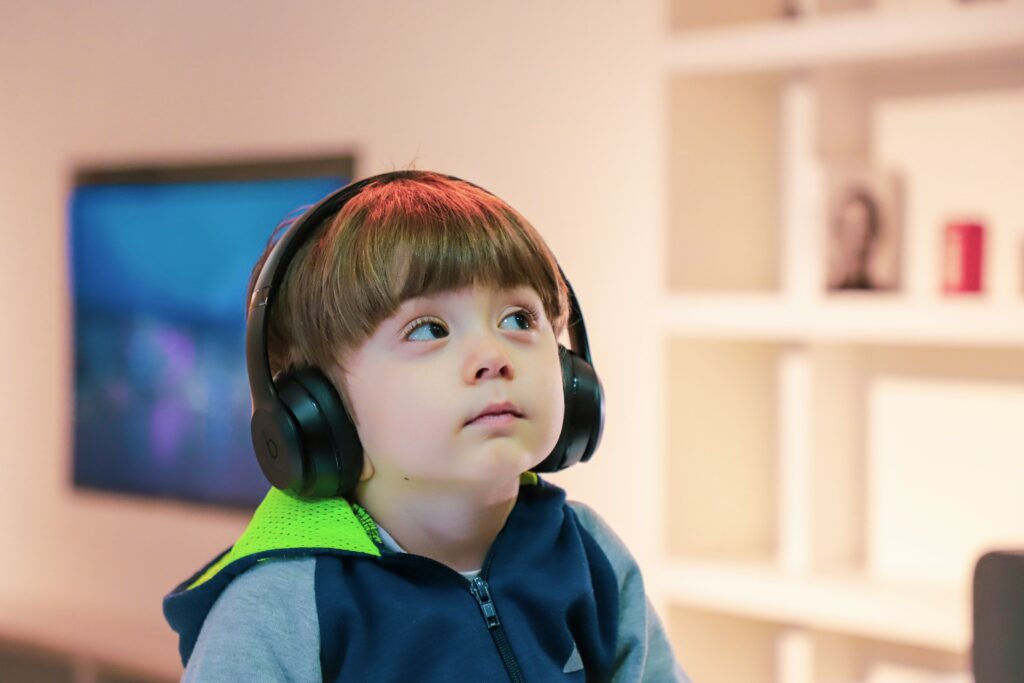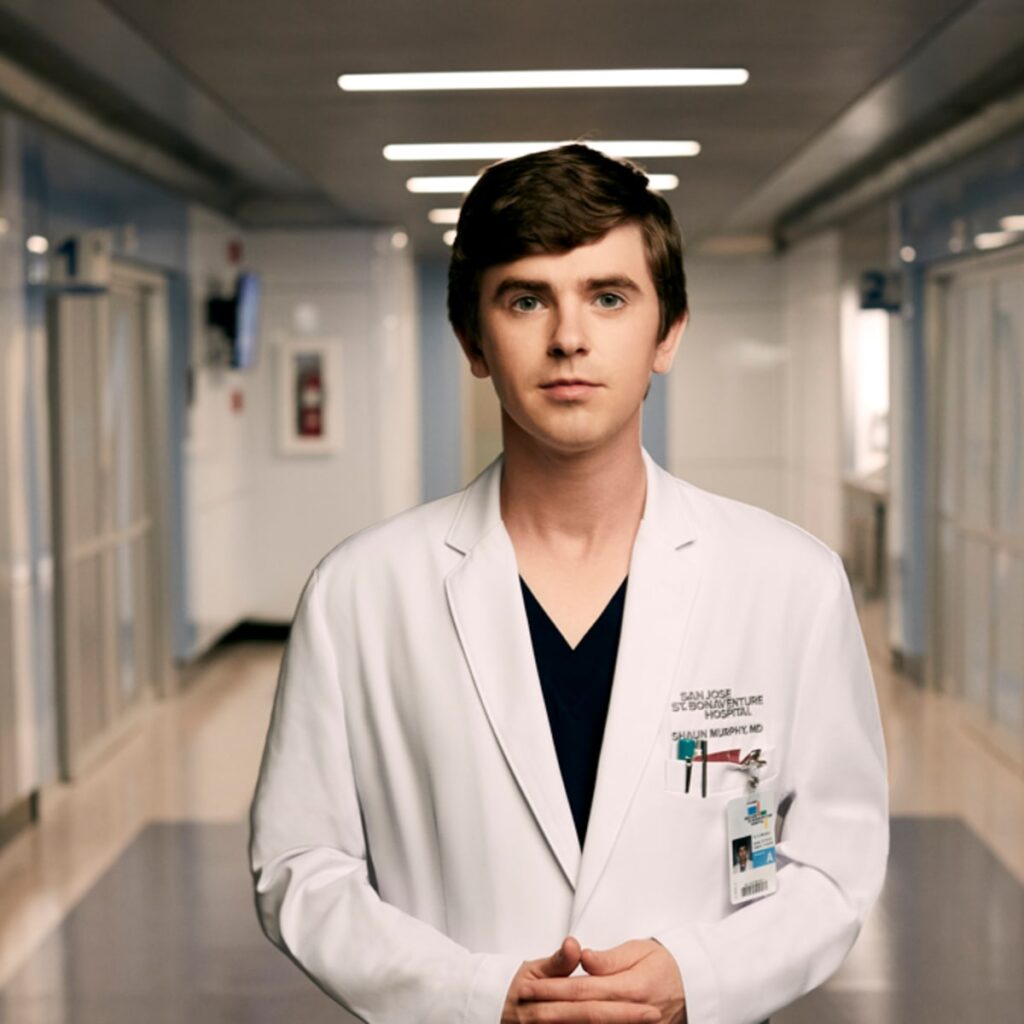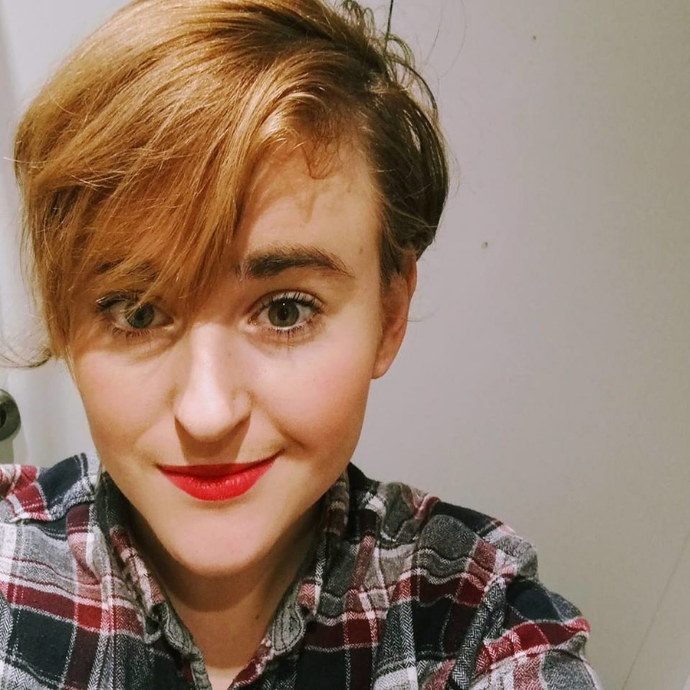Featured Photo by Annie Spratt on Unsplash
Introduction
Does research on autism benefit people on the autism spectrum? Even though there are researchers who actively collaborate with autistic people, often, autism research fails autistic people.
What is Autism?
Before delving into the ways in which autism research falls short in serving autistic individuals, let’s first define what autism is. Autism Spectrum Disorder (ASD) is a developmental disability that affects the brain. According to the Center for Diseases and Control (CDC), autistic people usually have difficulties with socializing with others. They also have “restricted or repetitive behaviors or interests.” To give an example, an autistic person may give inconsistent eye contact when interacting with people and sometimes overshare their favorite topics to their friends and family. They are also hypersensitive to loud and sudden noises. Another autistic person might not use facial expressions to show how they are feeling and rock their body back and forth. This person also speaks with a robotic voice. The takeaway is that every autistic person will be different from each other.
Unmasking: How Faulty Diagnostic Criteria Fail Marginalized Communities

Photo by Alireza Attari on Unsplash
The existing diagnostic criteria for ASD fails to include the diverse range of presentations of autism. One notable flaw lies in the examples used to describe obsessive interests, which predominantly reflect the experiences of young white boys. These examples, while applicable to some individuals, do not adequately represent the full spectrum of autistic behaviors across different genders, races, and cultures. As a result, individuals from marginalized communities may be overlooked or misdiagnosed due to the narrow scope of the diagnostic criteria. Addressing this issue requires a more inclusive approach that considers the varied manifestations of autism across diverse populations.
Autism Research Tends to Leave out Autistic Women and Girls

Historically, autism has been viewed predominantly as a male disorder. The diagnostic criteria have traditionally centered how autism presents in young white boys and men. This results in a disproportionate number of boys and men getting diagnosed with autism compared to girls and women.
Recently, autism experts are investigating how autism manifests in girls and women. A 2023 study examining friendships in autistic children and non-autistic children proposed that autistic boys tend to isolate themselves in social interactions. However, autistic girls appear sociable and struggle forming deeper connections. To successfully navigate social situations with their peers, autistic women and girls often hide their traits and develop coping skills, such as hiding their intense interests and learning about body language cues. These efforts to blend in can significantly impact how scientists understand and recognize autism, especially in girls and women. In conclusion, the evolving understanding of how autism looks like in girls and women highlights the needs for a more nuanced and inclusive approach to diagnosis and support.
How Autism is Missed in Adults

Photo by Kitera Dent on Unsplash
The autism diagnostic criteria are mostly based on children. Historically, it was important to identify autism early in childhood and to intervene as soon as possible. The diagnostic guidelines are designed to screen symptoms of autism from early childhood. Heather Henderson, a psychiatric nurse practitioner, notes that it is easier for children to obtain an autism diagnosis. This is because doctors can interact with parents on their child’s developmental milestones. As for adults, it’s harder, since parents may not recall how their child acted growing up and get school records. Furthermore, the broader societal perception of autism also plays a crucial role in shaping our understanding of this disability. This includes stereotypes representing autistic individuals solely as white men who are geniuses in STEM fields.
Beyond STEM: Challenging Stereotypes of Autistic Genius

Haley Moss
Photo Credis: Talilly Photography
One of the most common stereotypes about autistic people is that they are all geniuses in STEM fields (Science, Technology, Engineering, and Mathematics). While I fulfill the tech-savvy stereotype by getting a tech-adjacent bachelor’s degree and working in a tech job, I have befriended and met autistic people who excel in non-STEM fields like psychology, history, and politics. Haley Moss, a non-practicing attorney who actively advocates about neurodiversity, comments in the ABA Journal that she “had to put in extra effort to prove [her] competence and capabilities beyond the technology-savvy stereotype.” In closing, the stereotype of autistic individuals only succeeding in STEM subjects is limiting and inaccurate.
Breaking the Mold: Dismantling the White Male Narrative of Autism in Media

Shaun Murphy from The Good Doctor
Photo by Art Streiber on ABC
In popular media, characters like Sheldon Cooper from The Big Bang Theory and Dr. Shaun Murphy from The Good Doctor are often cited as representations of autism. While these characters can provide visibility to autism, their portrayals also perpetuate certain stereotypes. Sheldon, for instance, is highly intelligent but socially awkward, relying on rigid routines and struggling with interpersonal relationships. Similarly, Dr. Murphy is a brilliant physician but faces challenges in understanding social cues.
These representations, while well-intentioned, can reinforce the stereotype of autistic individuals as solely possessing exceptional abilities in STEM fields while struggling with basic social interactions. These narrow depictions overlook the diversity within the autism spectrum and may contribute to misconceptions about the condition.
By critically examining these portrayals, we can better understand how media representations shape public perceptions of autism and advocate for more accurate and inclusive representations. While these characters have sparked conversations about autism, it’s essential to recognize the limitations of these portrayals and advocate for more diverse and nuanced representations in media.
Breaking Stereotypes: The Influence of Historical Stereotypes on Current Autism Research
In contemporary autism research, historical narratives play a crucial role in shaping perceptions and understandings of the condition. These narratives often perpetuate stereotypes and misconceptions that have been entrenched in society. From early theories such as Dr. Simon Baron-Cohen’s characterization of autistic individuals as having minds “wired for science,” to more recent depictions of autistic characters like Sheldon Cooper from “The Big Bang Theory” and Dr. Shaun Murphy from “The Good Doctor,” these media representations have left a lasting impact on how autism is perceived and studied today. These stereotypes not only limit our understanding of the diverse experiences within the autistic community but also influence research priorities and funding allocations. By recognizing and challenging these historical narratives, we can foster a more accurate and inclusive approach to autism research that reflects the complexity and diversity of the autistic spectrum.
Unheard Voices: The Oversight of Autistic Perspectives in Autism Research

Dr. Monique Botha
Photo Credits: Monique Botha
Autism research dehumanizes autistic people and fails to acknowledge how autistic people can meaningfully contribute knowledge to this field. When Dr. Monique Botha, was writing their master’s thesis, they felt dehumanized when reading how autistic people were inherently self-absorbed. Elle Loughran, a genetics scholar at Trinity College Dublin, states on Spectrum News that autistic people are seen as research participants. This narrow view damages the ability of research and scientists to effectively help people with autism. Reading research papers about autism makes Loughran feel like an alien. Loughran recalls a 2019 paper suggesting that “autistic people can have, maintain, and value close romantic relationships and friendships.” In short, the dehumanization of autistic individuals within autism research perpetuates harmful stereotypes and impedes progress in understanding autism.
Navigating Bias: The Challenges of Autistic Researchers in the Scientific Community

Dr. Kana Grace
Photo by Kana Grace
Even when autistic researchers are researching their own condition, some non-autistic colleagues doubted and dismissed their autism diagnosis as reported here. Dr. Stephen Shore, an autistic professor of Special Education at Adelphi University, was informed that he could not be autistic because he does not talk with a monotone voice and flap his hands. Dr. Kana Grace, an Honorary Postdoctoral Research Fellow at University College London (UCL) that when she was doing a job interview, she was told that she could not be autistic enough since she made eye contact. These encounters illustrate the persistent misconceptions and stereotypes that continue to shape perspectives of autism, highlighting the urgent need for greater understanding and acceptance within both academic and broader societal contexts.
Conclusion
In short, autism research fails autistic people. The journey towards true understanding and acceptance of autism is far from over. It is vital to challenge these biases and strive for a more holistic and inclusive representation of the autism spectrum. Only then can we create a more inclusive environment for everyone, including autistic people.
